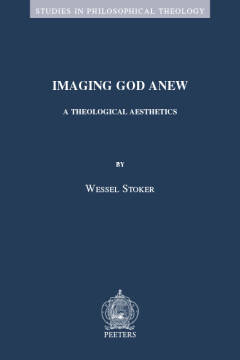
- Afhalen na 1 uur in een winkel met voorraad
- Gratis thuislevering in België vanaf € 30
- Ruim aanbod met 7 miljoen producten
- Afhalen na 1 uur in een winkel met voorraad
- Gratis thuislevering in België vanaf € 30
- Ruim aanbod met 7 miljoen producten
Zoeken
Omschrijving
It is surprising how religious symbolism in modern art continues to speak to a broad public. Art and religion are intrinsically connected because both deal with the fundamental issues of life. Examining art in churches and museums with this in mind, Wessel Stoker looks at how modern and contemporary Western visual artists present these fundamental issues. In this work, he explores the new visual language that artists like Vincent van Gogh, Alexej von Jawlensky, Graham Sutherland, Marlene Dumas, and others use to image God or Christ anew. In contrast to what has long been the dominant view of art in the West - art for art's sake - their art fulfills functions in social life. Their art engages in dialogue, becomes a form of protest, or provides spiritual deepening. How is that to be evaluated theologically?
Specificaties
Betrokkenen
- Auteur(s):
- Uitgeverij:
Inhoud
- Aantal bladzijden:
- 353
- Taal:
- Engels
- Reeks:
- Reeksnummer:
- nr. 69
Eigenschappen
- Productcode (EAN):
- 9789042945630
- Verschijningsdatum:
- 4/08/2021
- Uitvoering:
- Paperback
- Formaat:
- Trade paperback (VS)
- Gewicht:
- 4975 g

Alleen bij Standaard Boekhandel
+ 335 punten op je klantenkaart van Standaard Boekhandel
Beoordelingen
We publiceren alleen reviews die voldoen aan de voorwaarden voor reviews. Bekijk onze voorwaarden voor reviews.








